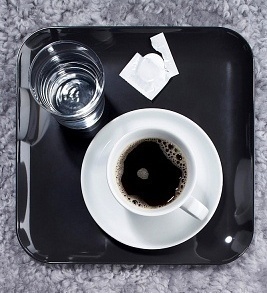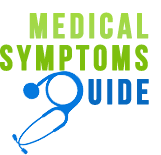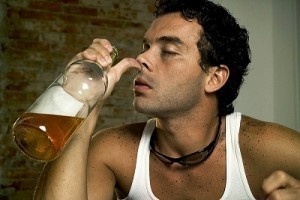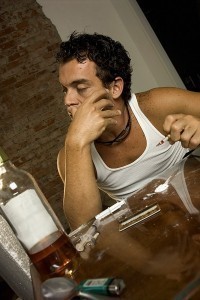Drug Treatment
Treatments for drug addiction can be divided into several categories. Any of the following methods may be tried. What is important is to stick to the program. Stopping treatment prematurely may lead to a relapse.
Therapy Sessions and Counseling
The chief aim is to get yourself off the drug and prevent relapse. The sessions can take place in three main ways: inpatient, outpatient and residential. Counselors may be able to help you overcome the temptation to take drugs.
Behavior therapies on the other hand, focus on developing strategies to avoid these substances. Behavior therapy can also help if relapse takes place.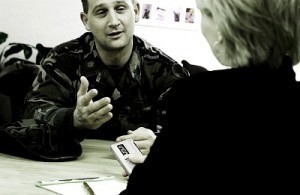
Self Help Groups
There are many of these organizations, including Narcotics Anonymous. The goal is to convince the drug dependent that drug addiction requires continuous therapy. Your counselor can help you find an organization near you. You can also find these groups online.
Detoxification
Detoxification or withdrawal therapy aims to stop drug usage as soon as possible. The methods differ, and the withdrawal symptoms will vary.
Withdrawal from Depressants
Withdrawals from depressants (benzodiazepines, barbiturates etc) may cause the following side effects: restlessness, sweating, sleep problems and anxiety.
More severe side effects are increased body temperature, accelerated heart rate, whole body tremors, high blood pressure, seizures and hallucinations. The most severe is delirium. Withdrawal therapy in these cases involves lessening drug use and taking another medication.
Withdrawal from Stimulants
Stimulants include Ritalin, cocaine, amphetamines and methamphetamine among others. Side effects may include the following: intense cravings, depression, anxiety and fatigue. More severe side effects are acute psychosis, suicidal thoughts and paranoia.
Treatment for drug addiction in these instances is confined to emotional support from friends and family. Medication to treat psychosis may be prescribed by the doctor.
Withdrawal from Opioids
Opioids include OxyContin, heroin, codeine, morphine etc. Minor side effects include sweating, longing for the drug and a runny nose.
More intense side effects are diarrhea, depression, tremors, dilated pupils, abdominal cramps, quick pulse, vomiting and breathing rapidly. When there is heroin craving, the doctor may substitute buprenorphine for the drug.
Symptoms
Marijuana users have poor memory, increased audiovisual and taste perception, red eyes and reduced coordination. Those addicted to depressants and tranquilizers have the following symptoms: slurred speech, confusion, drowsiness, depression, low blood pressure and slow breathing.
Users of stimulants like cocaine, methylphenidate and methamphetamine have little appetite, are irritable, restless and feel euphoric, alternating with paranoid thinking.
Club drugs like Rohypnol, ketamine and Ecstasy have numerous effects. These include feeling very happy, lowered inhibitions, memory loss and altered sense of taste and sound. These club drugs can lead to coma and death.
Hallucinogens (i.e., LSD and PCP) produce various effects. Users may hear colors and taste sounds. Hallucinations, delusion, violent behavior and rapid heart rate are experienced. Hallucinations experienced years ago may manifest again in the future.
Treatment for drug addiction can be difficult if the individual is unwilling to admit there is a problem. Family and friends should have an open talk with the person. A well planned talk will encourage the individual to seek treatment.

